The story of RCA is a great American industrial story. From its origins in WW1 to decades to breakups and re-configurations due to government regulation and shifts in consumer patterns, the Radio Corporation Of America was a consistent presence in the manufacture of media-playback devices as well as media itself. It’s an incredible story. Check out the Wikipedia entry if you want the details.
For someone growing up in my generation (born 1976), thought, RCA electronics did not have really good associations. My impression of RCA was basically… the company that made that crappy electronics stuff that was not as good as SONY (or even panasonic). Well, by the time i was aware of the RCA brand, the company was only moments away from being broken up and sold off for good. But just a few decades earlier, wow what a force RCA was. the 33rpm record, vacuum tubes, mainframe computers, color television… we owe an incredible debt to the engineers that worked at RCA in the 20th century. Now that i have access to the pro-audio equipment that RCA was making decades before my birth, I am a big fan. it’s great stuff. an RCA BA-2 mic preamp is a great simple design that always gets good results in the studio. And their ribbon mics? Amazing.
RCA published an glossy magazine for its engineers. it’s pretty technical, but i can understand the Audio-related articles.
It’s interesting to read essays that attempt to quantify the acoustic performance of those god-awful ‘french provincal’ Hi-Fi consoles.
I do not know how many people worked at RCA in the 50s/60s, but i imagine it was in the mid 6-figures. Ironically, even i have been an ‘RCA’ employee – I worked for a few years at SONYMUSIC, of which ‘RCA’ is one of the record labels within this major label. Of course, by the time i got there, the RCA name (as it pertains to sound-recordings) had been sold and re-sold and licensed so many times that the connection is faint at best.
I live in a town that was once a manufacturing powerhouse, with several major pro-audio companies present. I will soon publish a post about Bridgeport’s audio manufacturing history. I have sometimes thought about looking up former SCULLY employees, for instance, and trying to interview them about their work.
Once these people are gone, there will be no one left to ‘fill in the blanks’ about a great many details of audio technology history.
For instance: I was recently corresponding with a gentleman who is an expert on mid-20th century broadcast audio equipment. I was hoping he could clarify a vague detail in the schematic of a very old and very desirable microphone preamp. Because: if i had a little more info, i could easily ‘clone’ this device and use it in my studio. Since the vintage examples of this device sell for up to $7000, i have a pretty good incentive to build it myself. Anyway, this very knowledgeable gentleman himself was stumped by this component as well, as are all folks on the forums. So who does have the necessary knowledge? if a HUGE community of thousands of audio and broadcast engineers all over the WWW can’t figure this out… shit. It’s the loss of this kind of information that i fear, and this is one of my motivations in creating this site.
Engineers who worked at RCA, and similar companies, back when our prized ‘vintage’ audio hardware was being manufactured, are the only people who can answer certain questions, provide certain skills. ENAK is the trade name of Clarence Kane, a former RCA employee who now restores ribbon mics. He is a very nice guy and he does great work, and very quickly. He has restored an RCA BK5 and a SHURE 300 for me, and he really did a nice job. Dudes like this are a BLESSING.
I am not really sure what i am getting at here… i am not saying that we should start cold-calling these dudes and finding out if they have piles of old schems and old parts in their homes… but… after 15 years of going to estate sales all time, i can tell you that they probably do. The ‘stuff’ of these retired engineers will all eventually turn up, but their knowledge and skills will not.
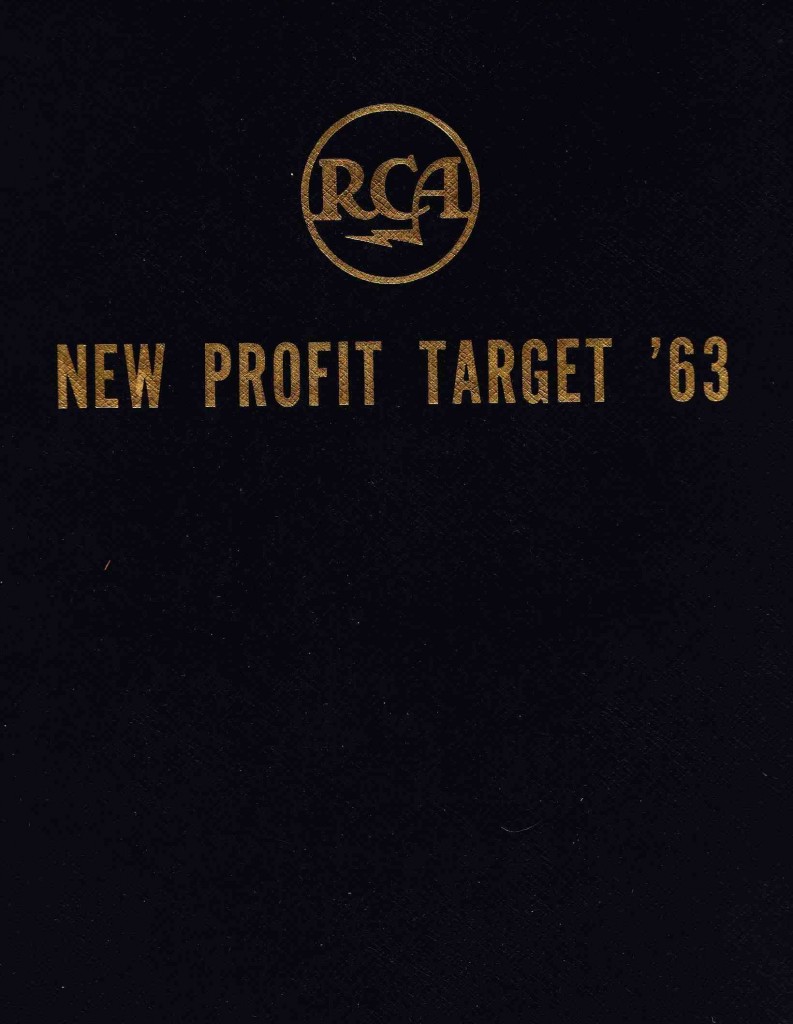
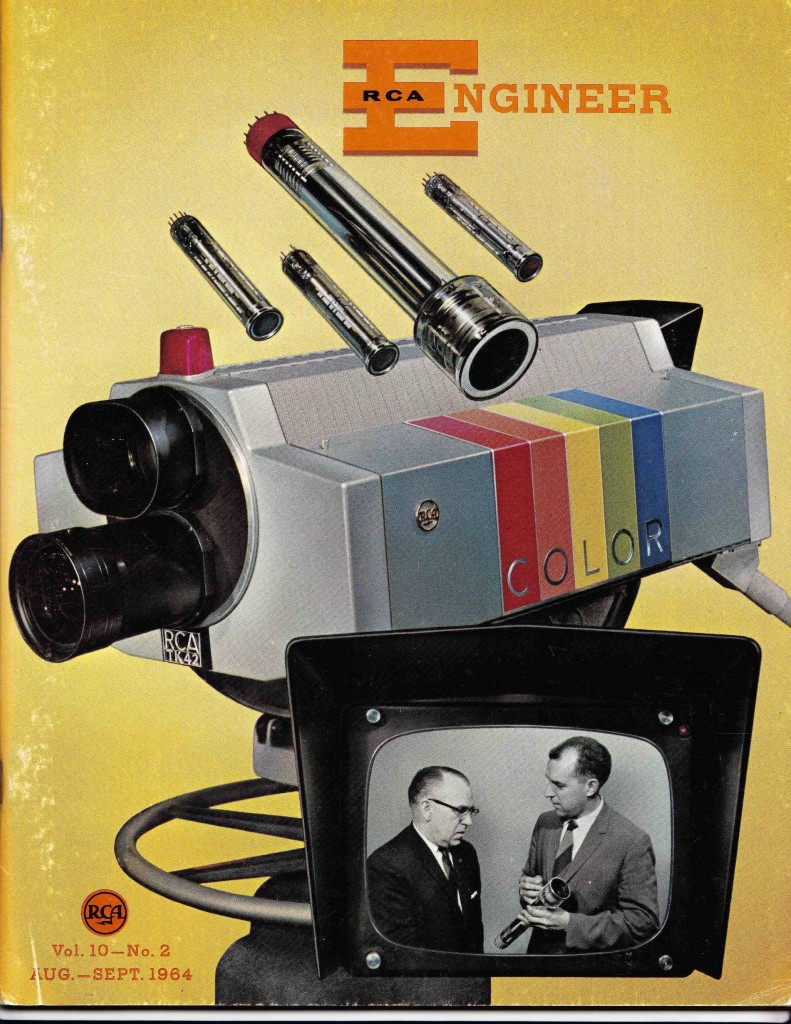
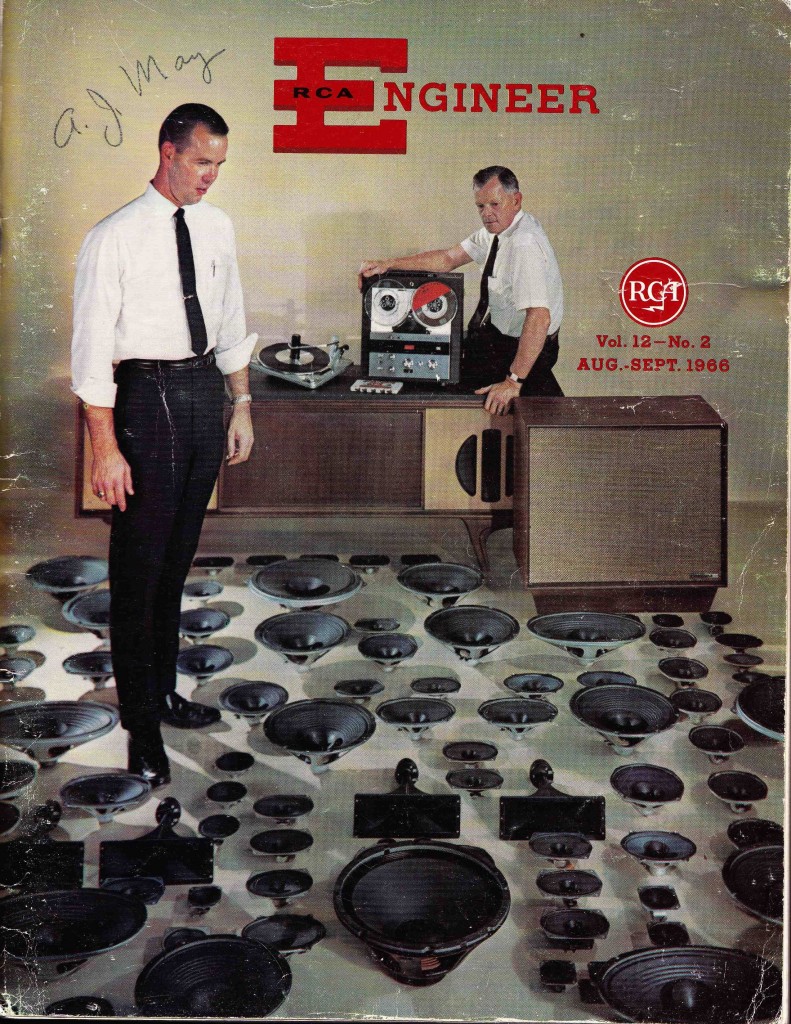
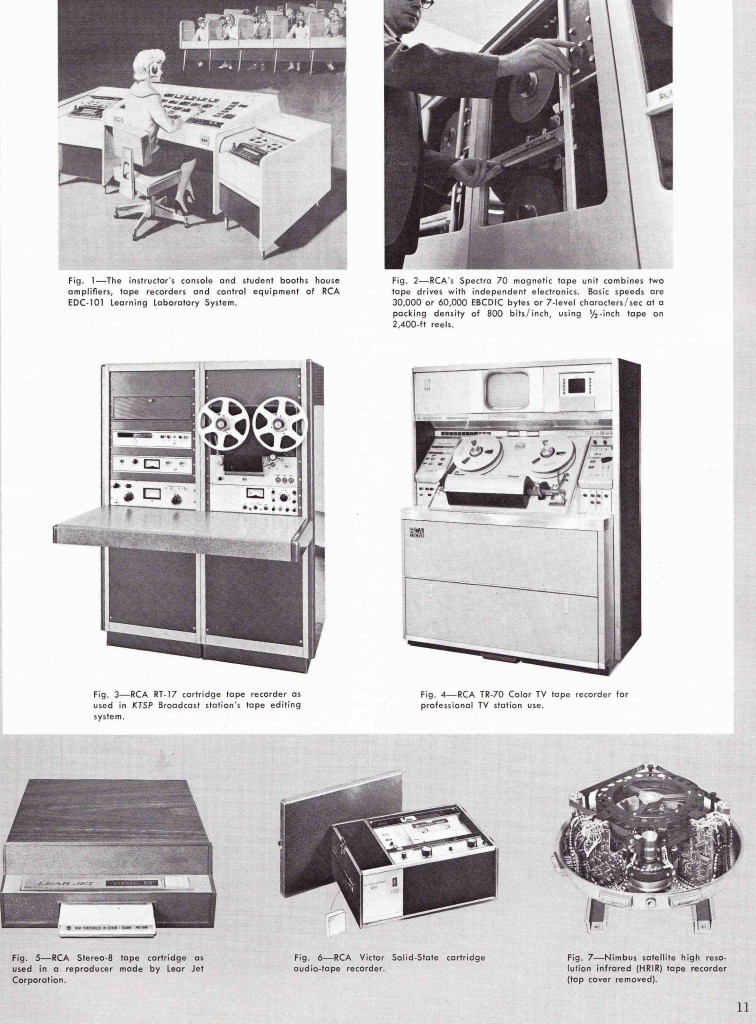
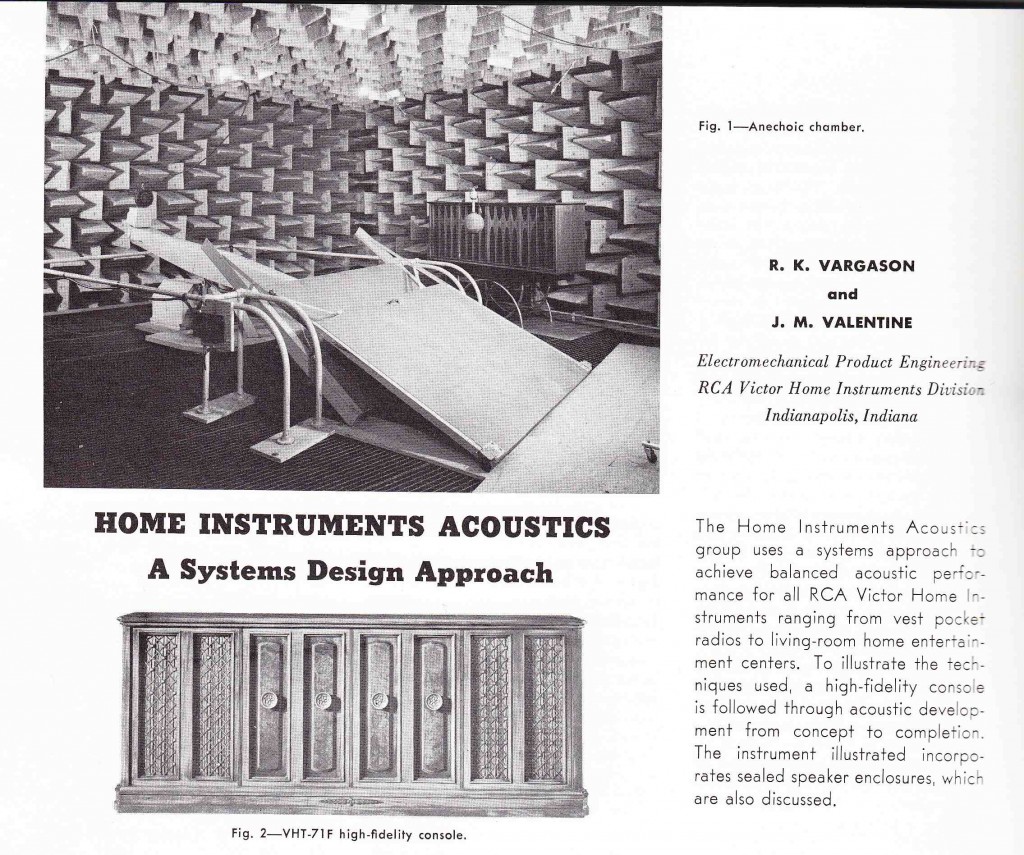
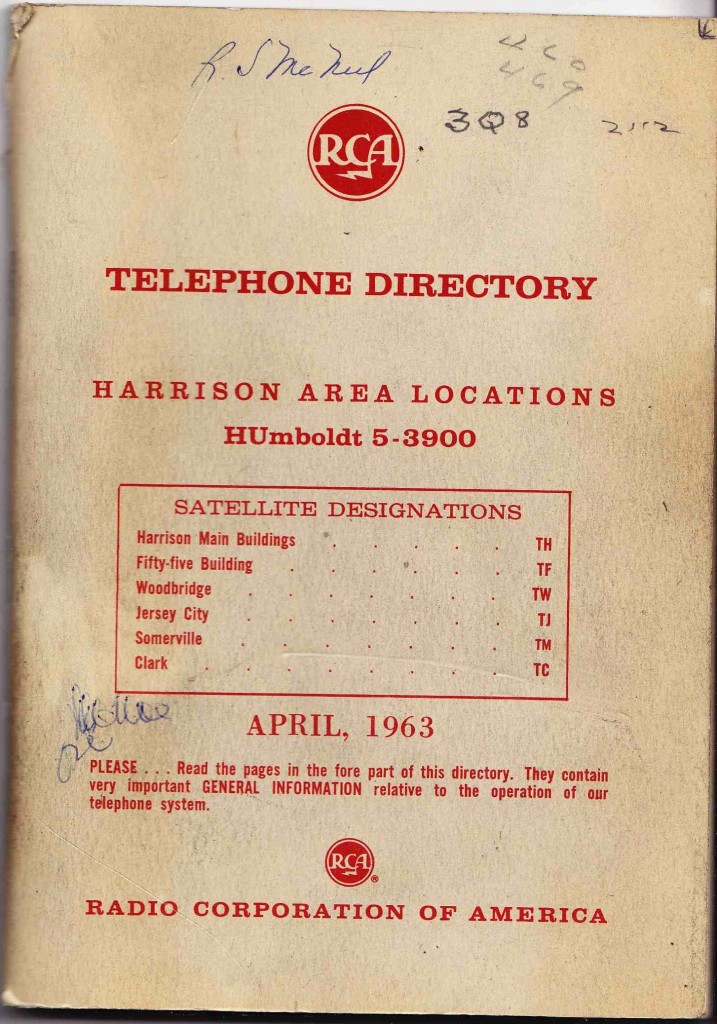
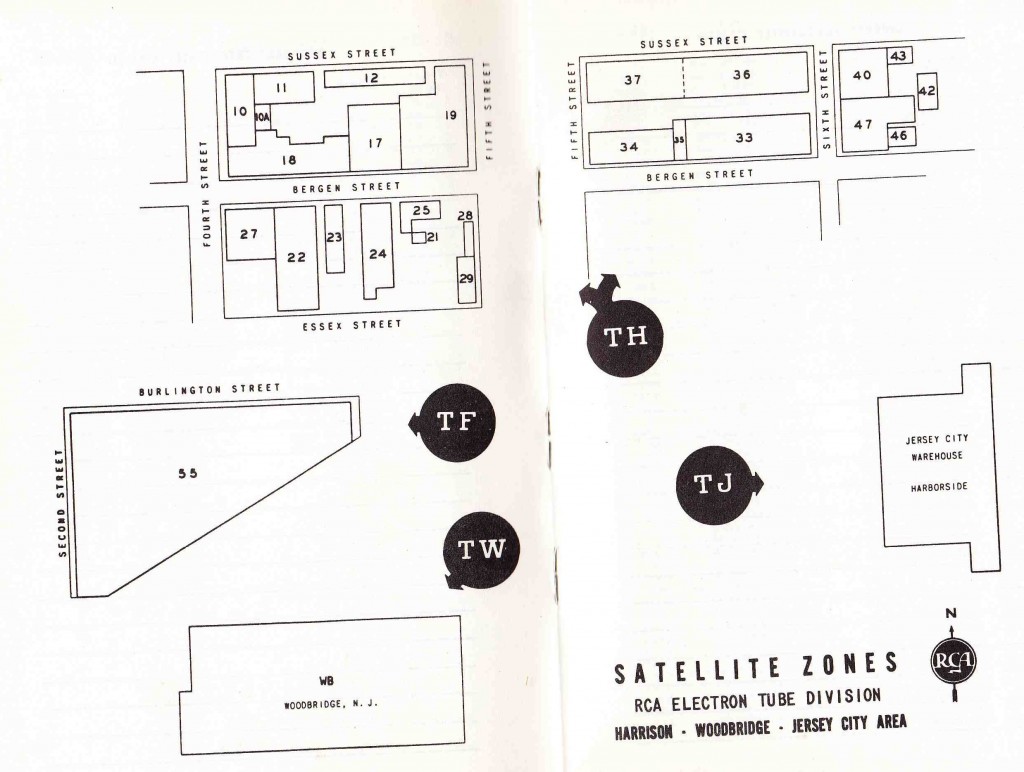
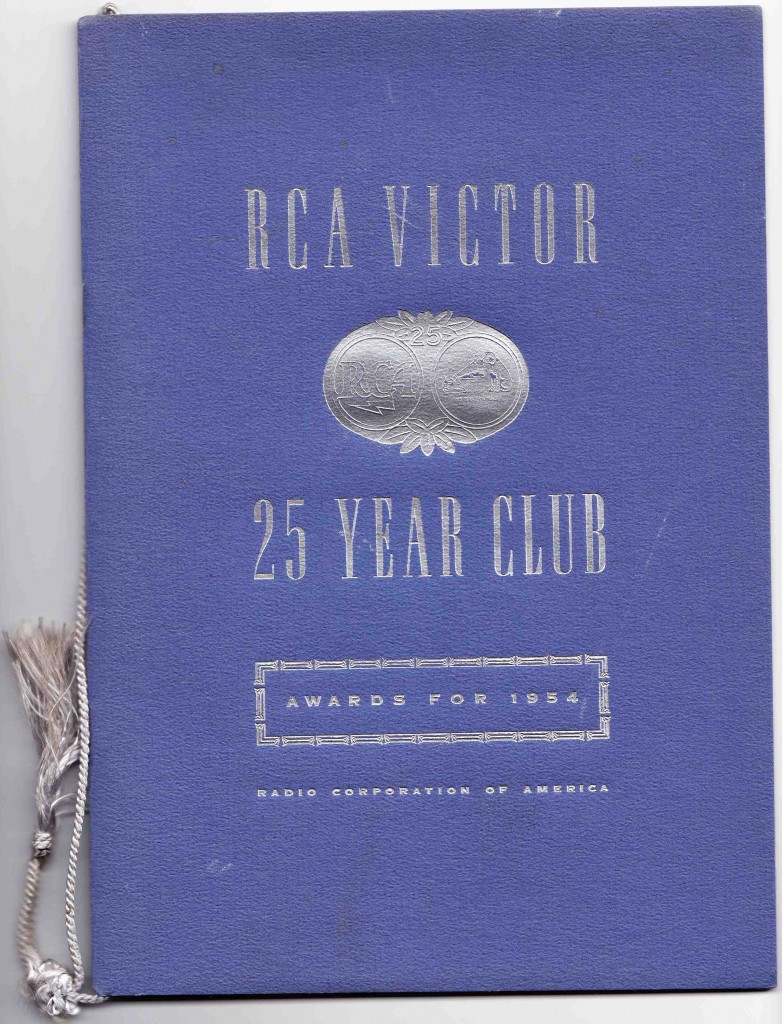
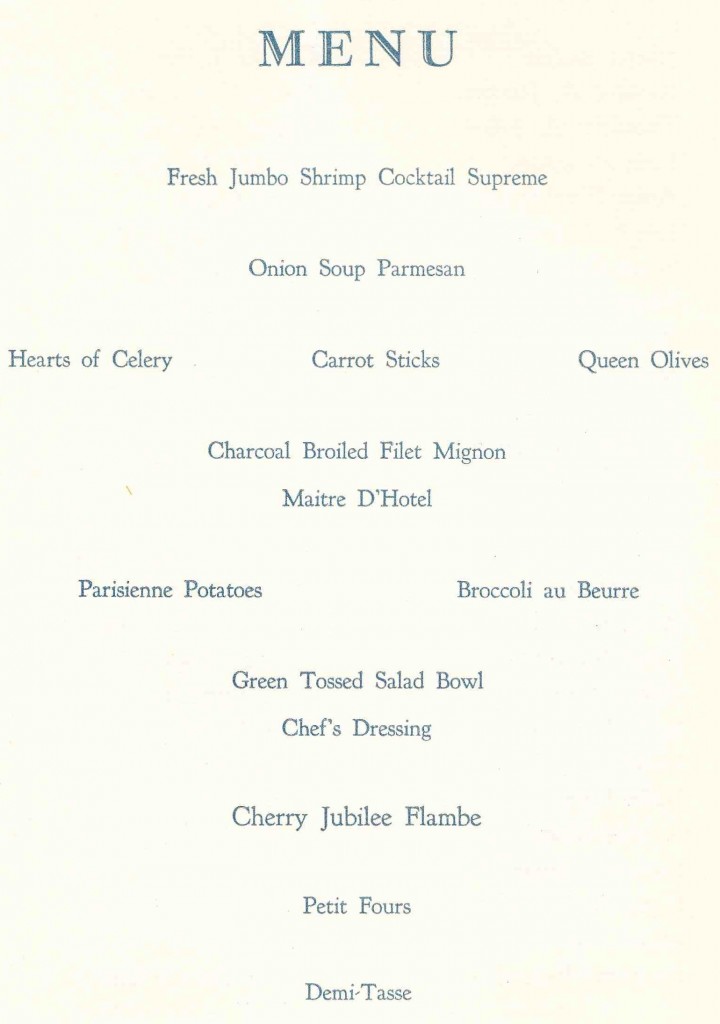
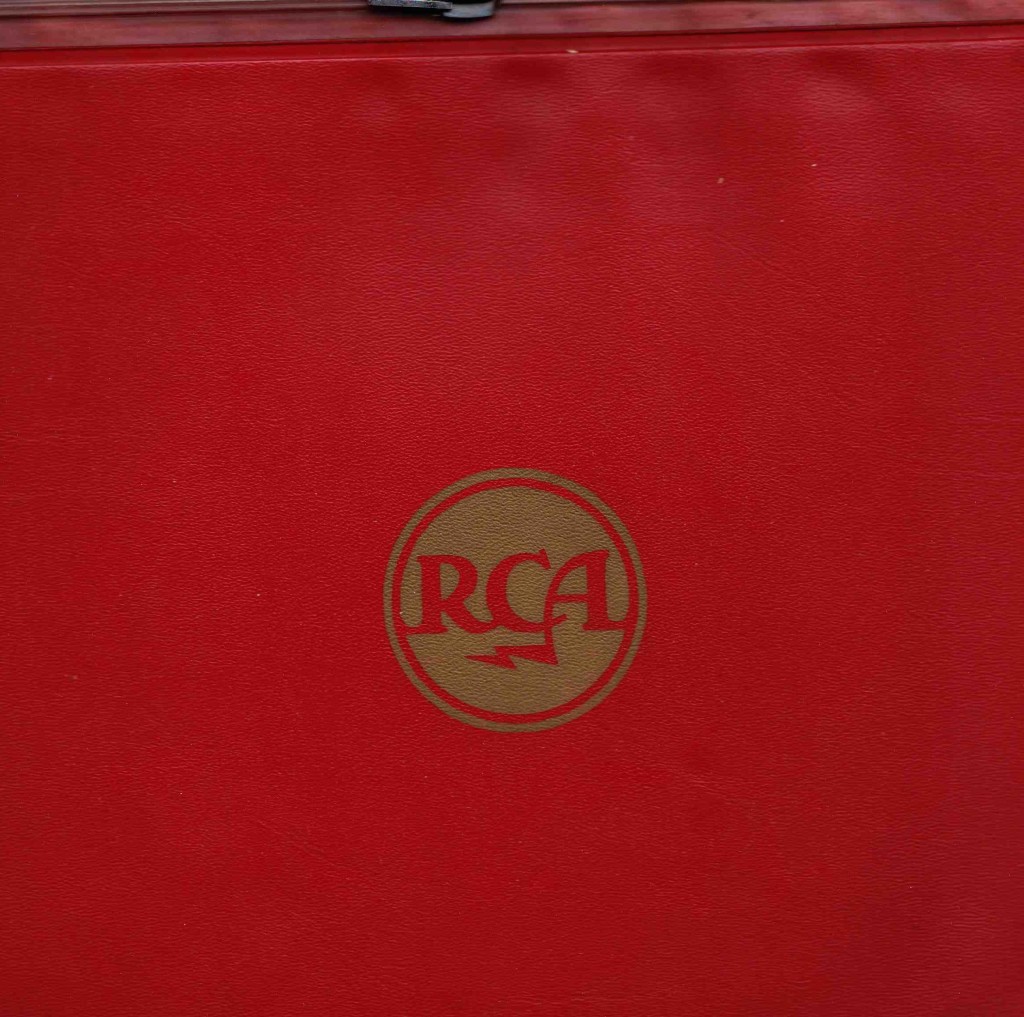
13 replies on “ICONS: rca and evaporating knowledge”
If you don’t they will die and the kids will have it all hauled to the dump.
Excellent essay on the value of this knowledge soon lost…
RCA was not the only company to have a huge amount of this stuff. GE, Sylvania, Westinghouse, and others had a lot too.
Love your website.
I consider myself a video and audio historian and your site is very informative.
As your post states many video pioneers are passing along with there vast knowledge and contributions. I had the pleasure of knowing many of them when i started working in video 30+years ago.
I also reside in Fairfield county.
Rich
I’ve an Audio fan since child, but no fortunate enough to have the gear that I would like to own. That turns you to the DIY way, that makes you to learn on your own, and one of the things that brought me into practical electronics were the RCA Manuals, both Transistor, and more recently Vacuum Tube and all that I can say is that I’m amazed to read all over about the better sound of the tube equipement and thats what brought to learn about them; I can tell you that I sought each year for the amp circuit eiter discrete or IC until I stumbled back into tubes and got hooked by this “obsolete” technology and all the things that are brought back from the past that really do the job.
I’m with dual feelings about all the semiconductor in my trerasure chest; toy or what? I bought them to build some amps, but after I read all that they seem to be useless exept for psu’s and some test gear, but as I see the tubes are “in” again.
I wish that I had stayed in electronics when I started in the mid 80’s
I had an uncle that was a TV repair man, He was very knowledgable when
It came to the vintage stuff. When I bought my first amp, I thought I needed
The biggest amp I could find, 100w or more and He and other techs would tell
Me that 20 or 30 watts would do just fine. I thought they were crazy. Little did
I know then, they were speaking of vacuum tubes and not solid state. Thirty years
And one Dynaco SCA-35 later. I knew what they were talking about
The 17 watts this puppy spit out, was night and day compared to the 50 and 60 watt
Solid state crap I bought during the mid 80’s and early 90’s.
Tubes are back to stay as far as I’m concerned!!
I have a few RCA Engineer Journals from the 1960’s. If anyone is interested I might be able to scan them. I hate to part with the originals.
I have the entire personal records and archives of John Volkman of rca he headed the acoustic development labs from 1927 to around 1965. He was the force behind all of the innovations of fantasia. 215-886-8600
My father-in-law, like Clarence Kane, is a WWII vet. And 16 million men and women served in uniform during WWII. I recently read that WWII vets are dying at a rate of 416 per DAY in 2015. That is faster than during the war! That is also 152,000 per year. With them goes a lot of institutional knowledge of places like RCA. This is one reason I have befriended Clarence. I have known Clarence for 30 years and he has restored 11 ribbon mics for me. He has forgotten more about old mics then I will ever learn. I can, and have sat in his shop listening to his stories like a little kid. He knows a lot.
I still have some documentation on pro audio gear and 50 years experience repairing the stuff. I have found a lot of info in the internet. The hardest things to find are transformers and in some cases the tubes. When I was working for Ardent I had John Fry by up a couple caches of 6BM8’s and 6386 I had found at electronic parts dealers going out of business. Trying to keep the collection of tube limiters he owned was an ongoing part of the job. And finding parts was part of the challenge.
OK gang, I interviewed Clarence last year and the article is going to be published in TapeOp in 2016. I just heard from owner, Larry Crane and the Senior Contributing Editor, Garrett Haines who told me two weeks ago the article WILL run soon. Cool, Clarence deserves it!
OK! Article published in TapeOp!!!
http://tapeop.com/interviews/116/clarence-kane-enak-microphone-repair/
That’s great Curt -yes i read this article last week when the issue came. Great that you did this! CR